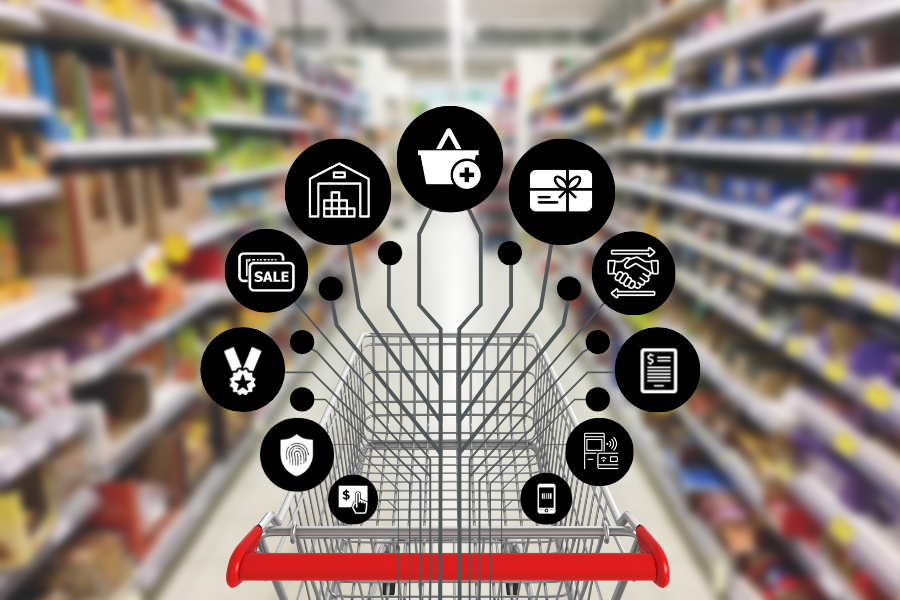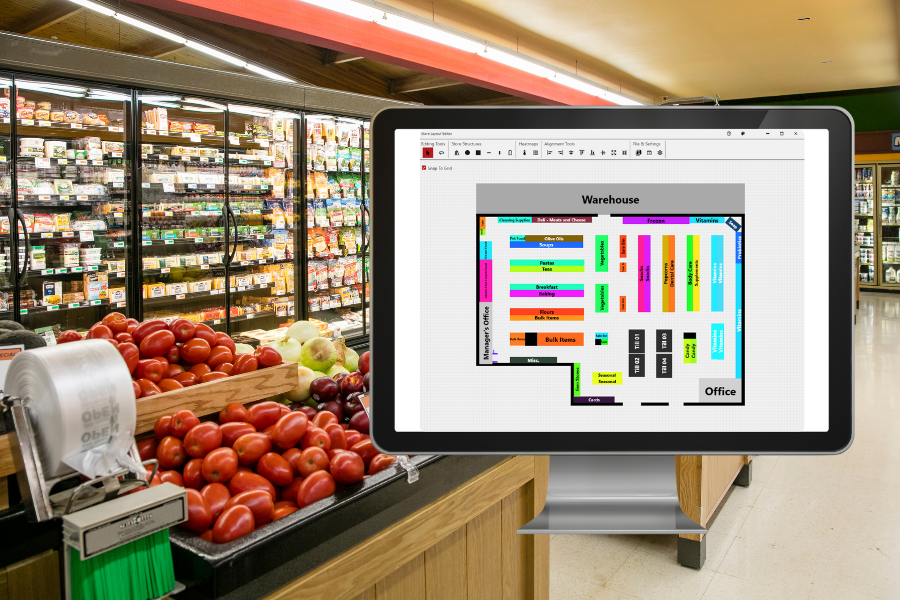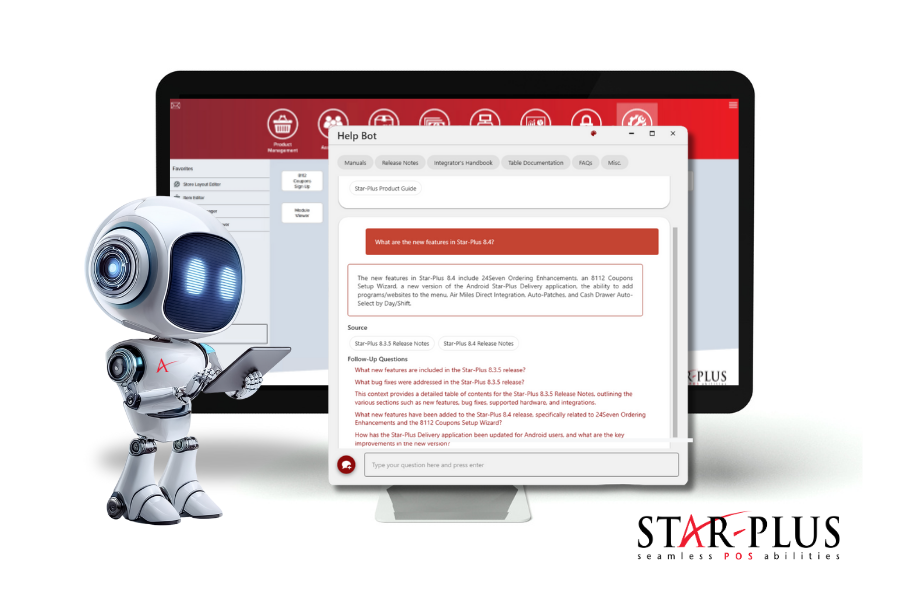4 Ways Retailers Must Adapt Their eCommerce Retail Channels and Strategy Post-Pandemic
During the pandemic, retailers rushed to accommodate consumers in their hour of need through boosting their eCommerce sites and preparing retail strategies that worked around traditional retail. But with mask mandates lifting and the promise of normal sitting right around the corner, what can retailers expect to happen to their newly developed eCommerce retail accommodations? This blog will look at 4 critical elements retailers can expect to encounter post-pandemic.
1. Continuance of Building Reliability and Expertise
The first thing the pandemic took away from consumers was normalcy. To replace in-person interaction, many consumers began to trust and rely on experts via the internet. From reading blogs about emerging industries to watching government-released videos on social media, consumers have been desperate to find comfort from the words of experts while making everyday decisions.
As a result, many companies found new ways of communicating with consumers, such as zoom sales calls to show off products or host appointments and live streams to update customers on the latest trends and instore advantages. With consumers desperate for new ways to get to the experts, retailers have found themselves in a unique position, allowing them to share their expertise in the industry as well as cater to consumer preferences through eCommerce retail channels.
However, as brick-and-mortar shopping is reintroduced and consumer behavior shifts from online to in-store, it’s imperative that brands continue to build their reputation and reliability to keep the customers they acquired during the pandemic coming back. Retailers must focus on keeping the customer experience as tailored and experiential as possible while also ensuring repeat purchase patterns. To do so, they’ll need to bring the best of the offline world online.
2. Exploring a Multi-Marketplace Strategy
Getting your website in front of customers can be challenging these days, with 63 percent of consumers starting their search on Amazon.com, 25 percent on other marketplaces, and only 21 percent on brands’ websites. Preference for marketplaces can be attributed to the availability of fast and free shipping, customer reviews, and easy product comparisons and returns. This is why it’s essential for retailers to get ahead of as many consumers’ faces on as many platforms as possible. In fact, a recent Shopify study found that merchants that sell in three or more channels can see a 200 percent boost in sales.
With a higher margin in potential sales, it’s no surprise that many online retailers are pursuing a multi-marketplace strategy. For this strategy to work, however, retailers should partner with a POS provider who offers a multi-marketplace solution. This way, retailers can eliminate the challenge of managing multiple stores with a management system that streamlines their operations from one central location. It’s worth the time to do your research on the marketplaces to find the right fit where you can price your products competitively for acceptable margins and subsequently get in front of your target audience.
Using inventory management is crucial in aligning your sales and fulfillment of eCommerce retail. In addition to handling new lines of revenues and fulfillment, you need to ensure your products find their way to the right marketplace. One vital thing to consider is carrying costs for inventory; your inventory management system will help you monitor inventory at various locations to ensure you have sufficient stock at each location. Luckily, Auto-Star can help you manage your multi-store inventory with ease.
3. Focus on the Customer Experience
When it comes to an excellent customer experience, convenience is key. In fact, 24 percent of shoppers have abandoned carts because site navigation was too complicated. For this reason, it is imperative to ensure your eCommerce site is easy to navigate and user-friendly. In addition to convenience, your eCommerce retail site should be secure. Customers who don’t feel safe browsing or entering sensitive credit card information onto your site are more likely to abandon their cart. To avoid this, ensure that the security and privacy of your site is evident to online users.
Another tried-and-true method to boosting the customer experience is through an advanced loyalty program that offers promotions and special offers both online and in-store. This will add value to your customer’s shopping experience and increase customer retention, all while you boost your average transaction.
4. Start Utilizing Sophisticated Algorithms and Get Personalized
As AI and other sophisticated algorithms become more incorporated into every aspect of business management many POS systems are integrating the technology into their infrastructure. These advanced algorithms can help boost your eCommerce operations in several ways.
One way algorithms can help is by predicting inventory and consumer behavior with its vast algorithms, providing customers with items they’re looking for, and predicting which purchases will go together, and what popular items will require more inventory. For example, if a consumer buys graham crackers, algorithms can guide them toward marshmallows, chocolate, camping materials, and other related items. This will help consumers make more intelligent and confident purchases with the auto-generated popular purchase companions, resulting in fewer returns.
These algorithms can also help improve personalization and reduce customer churn. Personalization isn’t a new concept, but retailers can significantly enhance effectiveness with richer data available from eCommerce retail transactions. Advanced algorithms instantaneously analyze customer behavioral data to understand what factors lead to retention and identify when and why customers churn. This information can then be utilized to target promotional advertisements and encourage more significant purchases and increase profitability. Research conducted by Bain & Company provided real numbers to support this idea; by increasing customer retention rates by 5 percent, you’ll be able to increase profitability anywhere from 25 percent to 95 percent.
To keep your eCommerce retail channel as profitable as it has been during the pandemic, it’s essential to boost your online presence through building reliability, implementing a multi-marketplace strategy, enhancing the customer experience, and leveraging AI. It’s important to remember that post-pandemic consumers will be more informed than ever before and will expect more out of their retailers both online and in-store. Luckily, Auto-Star has all the items you need to help your eCommerce strategy thrive throughout 2021. If you’re ready to retain your customers and secure your eCommerce store’s future, contact us today!












